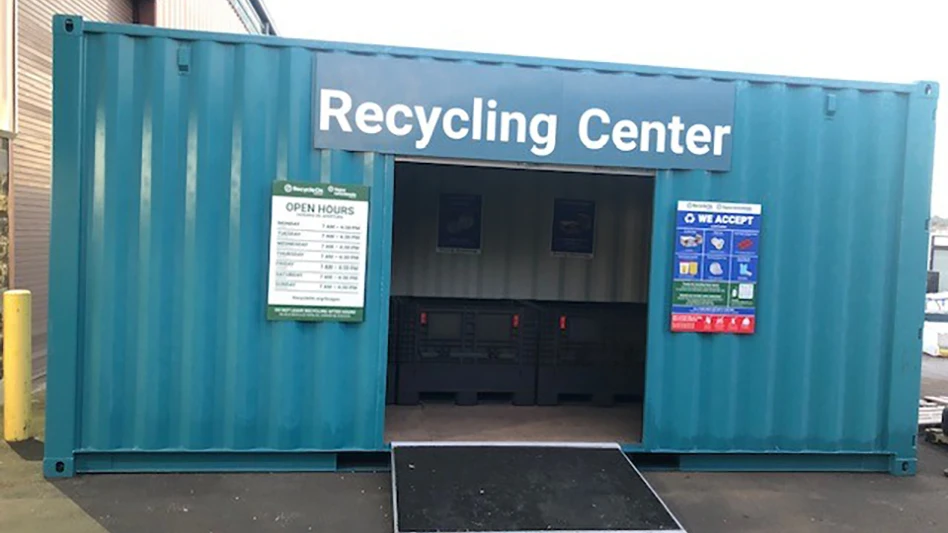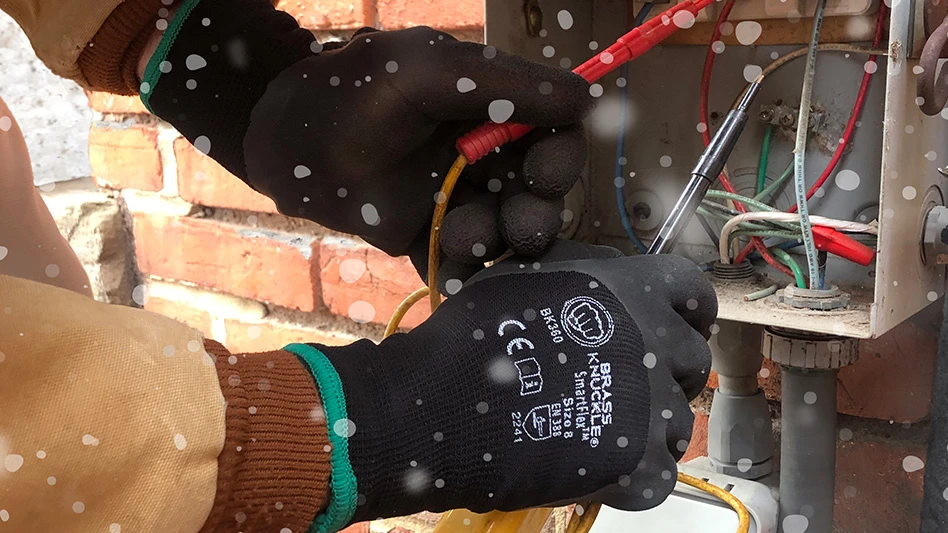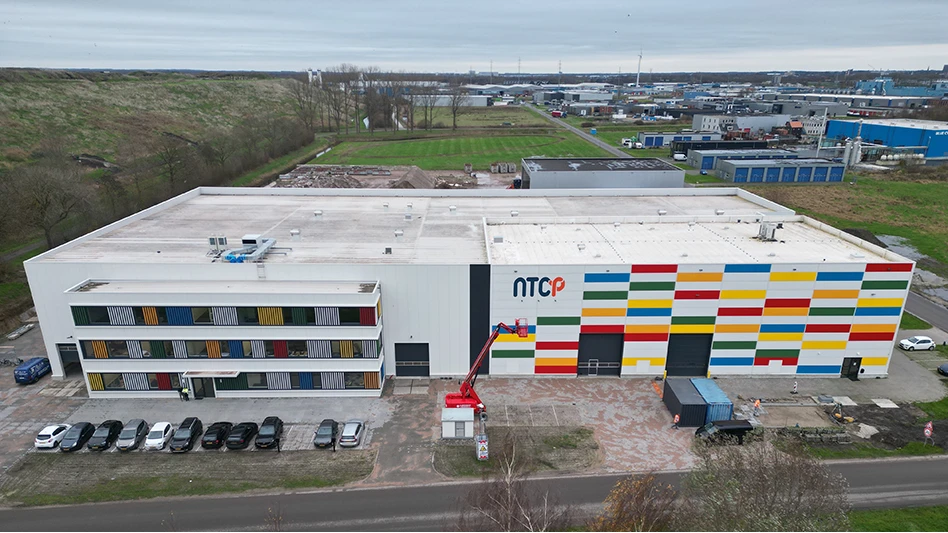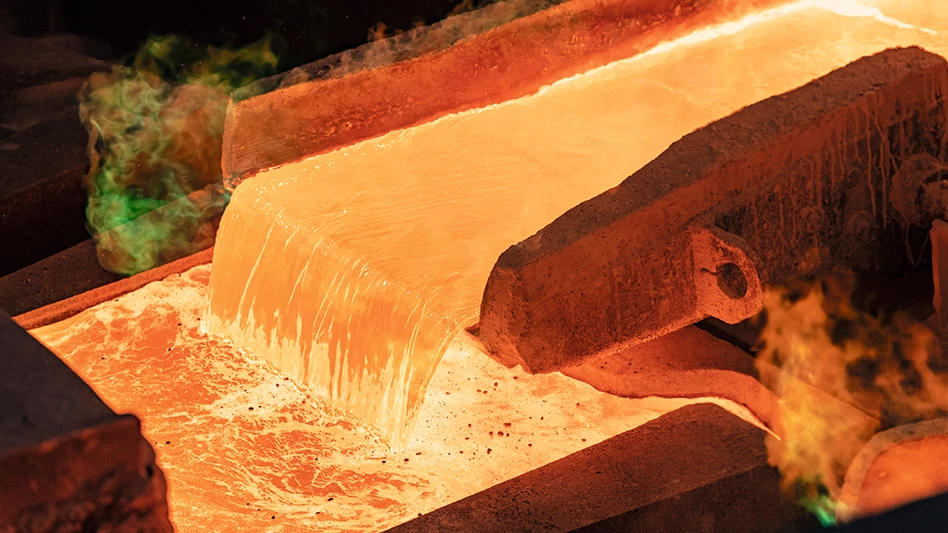As you can see, there is a lot of equipment needed to design an effective electronics shredding and separation system, and it comes at considerable expense. We haven’t even included the cost of the conveyors that transfer the material from unit to unit, the picking stations that have to be incorporated with these conveyors or all of the steel work that ties everything together. Nor does this include the electrical system, which provides the primary electricity to the building to power the shredding plant and the secondary system with all the wiring, safety switches, interlocks and solid-state control units, which are major cost factors in the design and set-up of an electronics shredding system.
The smallest shredding systems will sell for nearly $2 million, while the very large systems can sell for nearly $7 million, excluding the specialty components, such as the plastic separation system or a copper chopping system. These additional systems can ad close to $1 million each depending on the size needed.
Everything needs to be cost-analyzed. If you have the volume, the systems will pay for themselves, but you need to be sure you have the volume. Yes, when you install your system, you will pick up more customers because you can offer more secure practices and can handle specialty products you had not been handling up to this time. That is the gravy; instead, I suggest that you size your system based on your current stream of incoming electronics and go from there.
Latest from Recycling Today
- US Steel to restart Illinois blast furnace
- AISI, Aluminum Association cite USMCA triangular trading concerns
- Nucor names new president
- DOE rare earths funding is open to recyclers
- Design for Recycling Resolution introduced
- PetStar PET recycling plant expands
- Iron Bull addresses scrap handling needs with custom hoppers
- REgroup, CP Group to build advanced MRF in Nova Scotia





